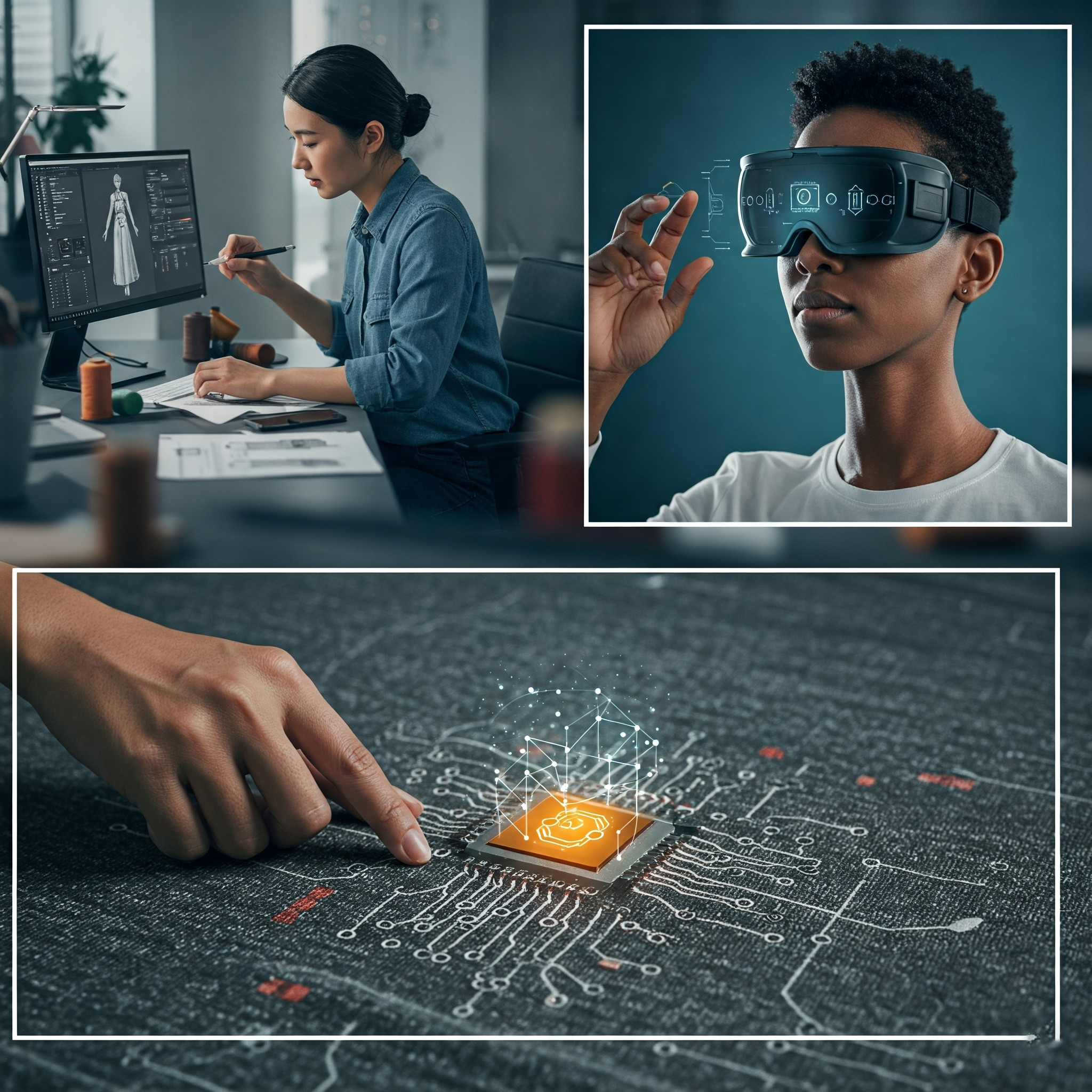No products in the cart.: $0.00
The Impact of Technology on the Future of Fashion

Technology is reshaping every aspect of our lives, and the fashion industry is no exception. From design and manufacturing to retail and consumer experience, technological advancements are presenting unprecedented opportunities and challenges. This article explores the ways in which technology is and will continue to impact the future of fashion, ushering in a new era of innovation, personalization, and sustainability.
One of the most apparent impacts of technology in fashion is in the realm of design and production. 3D design software is allowing designers to create intricate patterns and experiment with ideas more quickly and efficiently. 3D printing technology is opening up possibilities for creating customized and on-demand garments and accessories, minimizing waste and allowing designers to experiment with novel forms and structures.
In retail, technology is revolutionizing the way we shop for fashion. E-commerce has become a dominant sales channel, allowing consumers to access a vast array of products from around the world. Technologies like augmented reality (AR) and virtual reality (VR) are creating more immersive online shopping experiences, allowing customers to virtually “try on” clothes and visualize how they would look in their own spaces. Artificial intelligence (AI) is being used to personalize product recommendations, predict trends, and optimize supply chains.
Technology is also playing a crucial role in driving sustainability in the fashion industry. Blockchain-based supply chain tracking is helping to increase transparency and allow consumers to trace the origins and environmental impact of their clothes. Advanced recycling technologies are being developed to turn textile waste into new materials, reducing the reliance on virgin resources. Digital platforms are facilitating the rental, swapping, and resale of pre-owned clothing, fostering a more circular economy.
Furthermore, technology is opening up new possibilities for the interaction between fashion and the body. Smart textiles with integrated sensors and technology can track biometric data, regulate temperature, or even change color and pattern. Connected clothing can interact with other devices and provide new functionalities, such as navigation or activity tracking. While still in its early stages, the potential of wearable technology in fashion is immense.
However, the integration of technology into fashion also raises important questions about privacy, data security, and the social impact of automation. The industry needs to address these concerns thoughtfully to ensure that technological advancements benefit everyone and do not exacerbate existing inequalities.
In conclusion, technology is reshaping the future of fashion in profound and multifaceted ways. From revolutionizing design and production to enhancing the retail experience and driving sustainability, technological advancements are opening up new and exciting possibilities. As technology continues to evolve, the fashion industry will need to adapt and innovate to harness its full potential, creating a smarter, more personalized, and more sustainable future for fashion.



